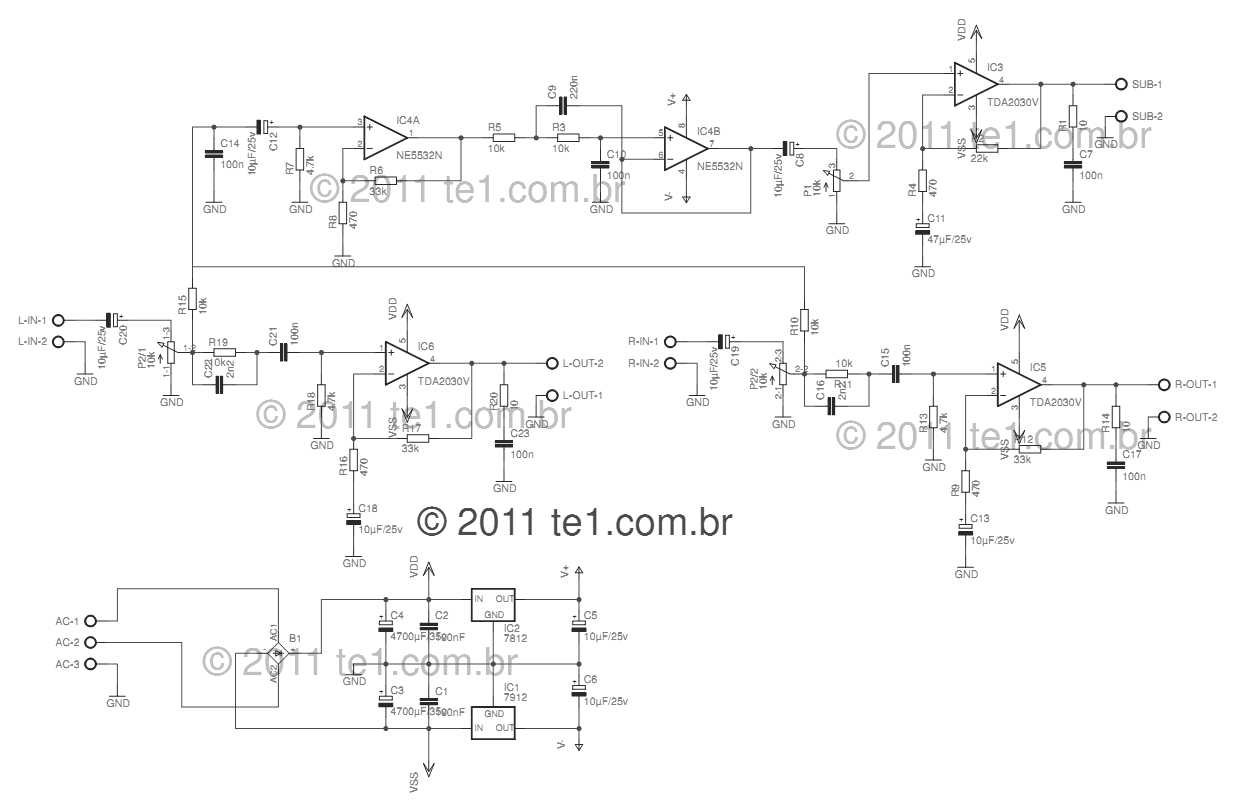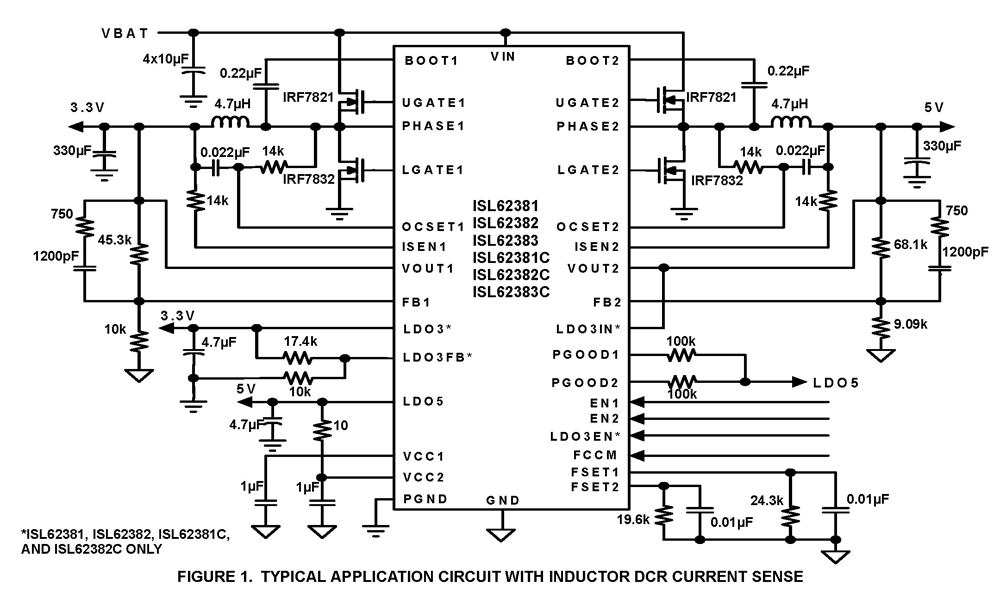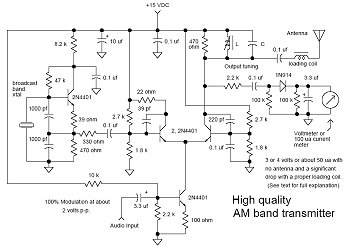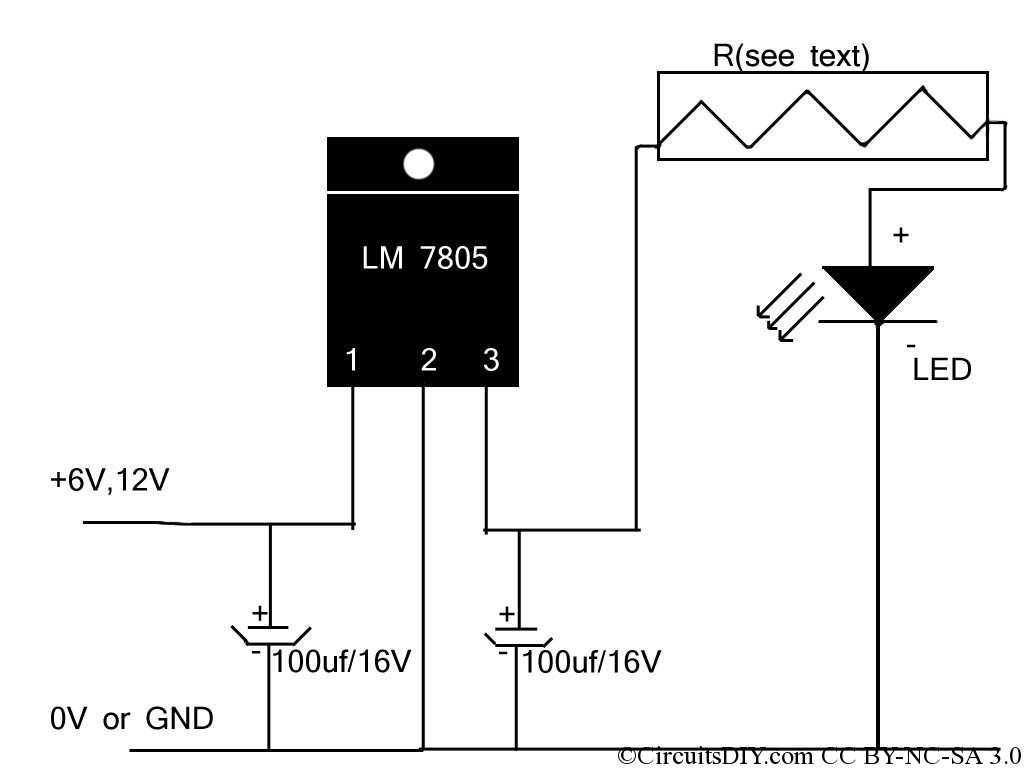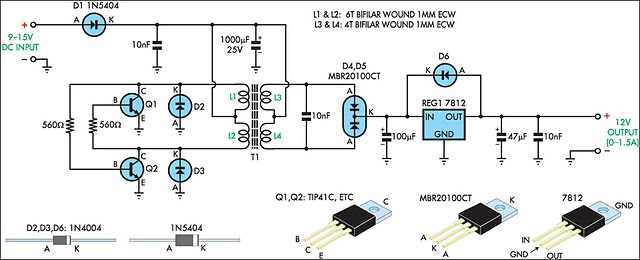
Adjustable Symmetrical Power Supply ± 1.25 until ±30V 1A
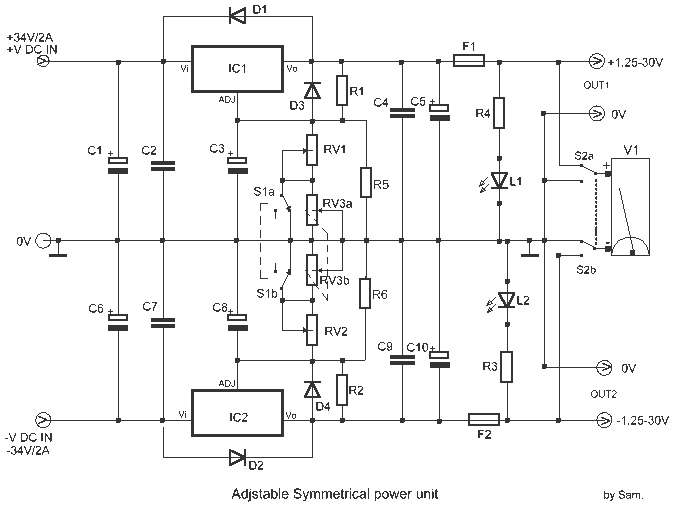
This is the voltage converter to get the voltage of ±1.25-30V from the input voltage of ±35V. I am using the 3 terminal voltage regulator for the voltage to be changed in this unit. As the regulator, LM317 is used for the positive voltage and LM337 is used for the negative voltage. The output current can make output in 1 A. The point of this unit making is the radiator (the heatsink) of the regulator. The regulator becomes hot when outputting the 1 A electric current and when there is not a heatsink, the regulator breaks. The merit of the regulator of this type is what little noise occurs and is cheap and there are few use parts. The demerit is the thing with the conversion efficiency which isn’t good.
The described voltage converter employs a dual-output configuration, utilizing the LM317 and LM337 voltage regulators to derive stable output voltages of ±1.25V to ±30V from a ±35V input. The LM317 is designed for positive voltage regulation, while the LM337 handles negative voltage regulation, allowing for symmetrical output.
The circuit design includes essential components such as input and output capacitors for stability and transient response enhancement. The input capacitors (typically 0.1 µF and 10 µF) filter the input voltage, reducing high-frequency noise. The output capacitors (also around 1 µF to 100 µF) stabilize the output voltage and improve transient response.
The output current capability of this converter is rated at 1 A, necessitating a heatsink for both regulators due to the thermal dissipation requirements. The LM317 and LM337 regulators can become significantly hot under load, and without adequate thermal management, the risk of thermal shutdown or permanent damage to the components increases. The heatsink should be appropriately sized based on the expected power dissipation, which can be calculated using the formula P = (Vin - Vout) * Iout, where Vin is the input voltage, Vout is the output voltage, and Iout is the output current.
The advantages of using the LM317 and LM337 include low output noise, cost-effectiveness, and a reduced number of external components required for operation. However, the efficiency of this voltage conversion method is relatively low, particularly when the difference between the input and output voltages is significant. As a result, careful consideration of the input-output voltage differential is essential to optimize performance and manage heat generation effectively.
Overall, this voltage converter is suitable for applications where low noise and simplicity are prioritized over efficiency, making it a practical choice for various electronic projects.This is the voltage converter to get the voltage of ±1,25-30V from the input voltage of ±35V. I am using the 3 terminal voltage regulator for the voltage to be changed in this unit. As the regulator, LM317 is used for the positive voltage and LM337 is used for the negative voltage. The output current can make output in 1 A.The point of this unit making is the radiator (the heatsink) of the regulator.
The regulator becomes hot when outputting the 1 A electric current and when there is not a heatsink, the regulator breaks.The merit of the regulator of this type is what little noise occurs and is cheap and there are few use parts. The demerit is the thing with the conversion efficiency which isn`t good. 🔗 External reference
The described voltage converter employs a dual-output configuration, utilizing the LM317 and LM337 voltage regulators to derive stable output voltages of ±1.25V to ±30V from a ±35V input. The LM317 is designed for positive voltage regulation, while the LM337 handles negative voltage regulation, allowing for symmetrical output.
The circuit design includes essential components such as input and output capacitors for stability and transient response enhancement. The input capacitors (typically 0.1 µF and 10 µF) filter the input voltage, reducing high-frequency noise. The output capacitors (also around 1 µF to 100 µF) stabilize the output voltage and improve transient response.
The output current capability of this converter is rated at 1 A, necessitating a heatsink for both regulators due to the thermal dissipation requirements. The LM317 and LM337 regulators can become significantly hot under load, and without adequate thermal management, the risk of thermal shutdown or permanent damage to the components increases. The heatsink should be appropriately sized based on the expected power dissipation, which can be calculated using the formula P = (Vin - Vout) * Iout, where Vin is the input voltage, Vout is the output voltage, and Iout is the output current.
The advantages of using the LM317 and LM337 include low output noise, cost-effectiveness, and a reduced number of external components required for operation. However, the efficiency of this voltage conversion method is relatively low, particularly when the difference between the input and output voltages is significant. As a result, careful consideration of the input-output voltage differential is essential to optimize performance and manage heat generation effectively.
Overall, this voltage converter is suitable for applications where low noise and simplicity are prioritized over efficiency, making it a practical choice for various electronic projects.This is the voltage converter to get the voltage of ±1,25-30V from the input voltage of ±35V. I am using the 3 terminal voltage regulator for the voltage to be changed in this unit. As the regulator, LM317 is used for the positive voltage and LM337 is used for the negative voltage. The output current can make output in 1 A.The point of this unit making is the radiator (the heatsink) of the regulator.
The regulator becomes hot when outputting the 1 A electric current and when there is not a heatsink, the regulator breaks.The merit of the regulator of this type is what little noise occurs and is cheap and there are few use parts. The demerit is the thing with the conversion efficiency which isn`t good. 🔗 External reference
